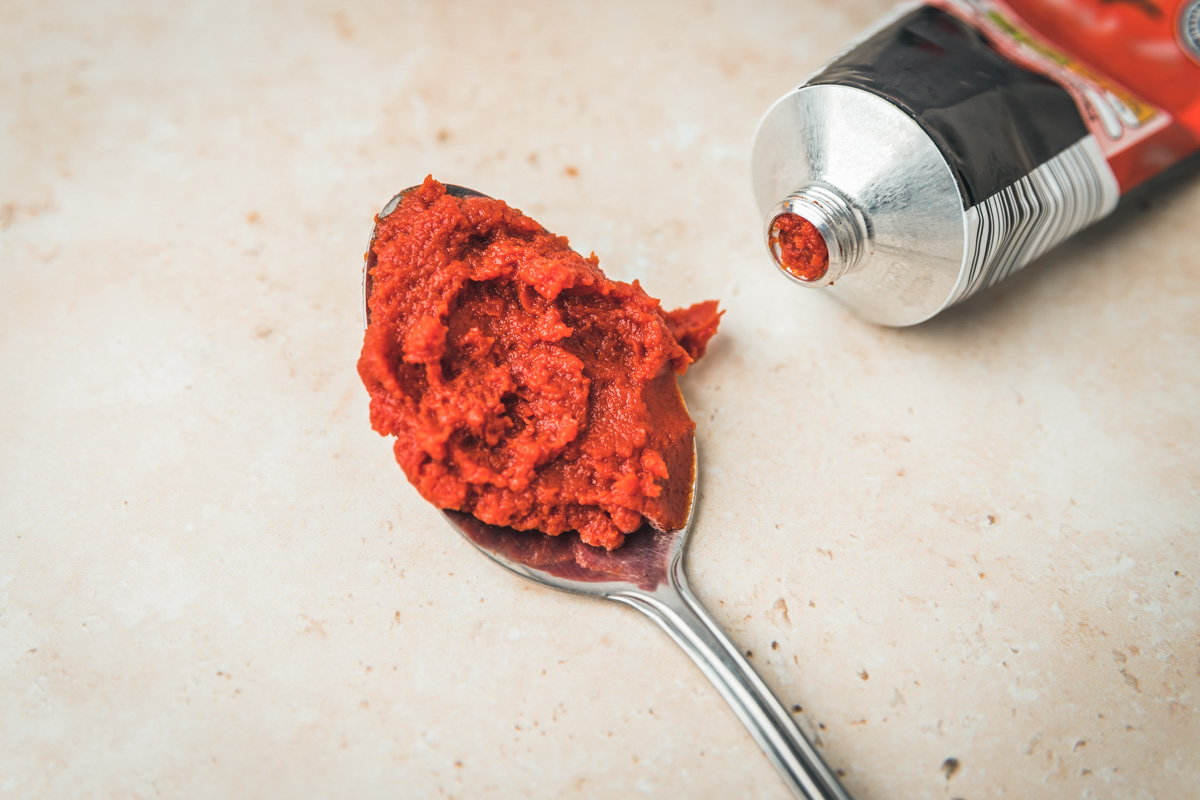

Articles
How To Store Tomato Paste In The Fridge
Modified: December 7, 2023
Learn the best way to store tomato paste in the fridge to keep it fresh and flavorful for longer. Read our informative articles on how to properly store food.
(Many of the links in this article redirect to a specific reviewed product. Your purchase of these products through affiliate links helps to generate commission for Storables.com, at no extra cost. Learn more)
Introduction
Welcome to the world of cooking, where tomato paste is a staple ingredient that adds a rich flavor and vibrant color to a variety of dishes. But what happens when you don’t use the entire can of tomato paste in one go? That’s where proper storage becomes crucial. To ensure the longevity and freshness of tomato paste, it’s recommended to store it in the fridge.
You may be wondering why you need to bother storing tomato paste in the fridge. After all, it comes in a sealed can or tube, right? While tomato paste does have preservatives, they may not be enough to keep it fresh and safe for an extended period of time at room temperature. The fridge provides a cool and controlled environment that helps slow down the growth of bacteria and maintain the quality of the paste.
But fret not, storing tomato paste in the fridge is a simple and straightforward process. All you need are the right containers and a few easy steps to ensure your tomato paste stays fresh for future use. So, let’s dive into the nitty-gritty of how to store tomato paste in the fridge.
Key Takeaways:
- Store tomato paste in the fridge to prolong its shelf life, maintain quality, prevent spoilage, and ensure food safety. Choose the right container, follow simple steps, and use handy tips for optimal storage.
- Unopened tomato paste can last 6-12 months in the fridge, while opened paste should be used within 5-7 days. Trust your senses and discard if spoiled. Proper storage ensures fresh, flavorful tomato paste for your recipes.
Read more: How To Store Tomato Paste
Why Store Tomato Paste in the Fridge?
When it comes to preserving the quality and flavor of tomato paste, refrigeration is key. Here are a few reasons why storing tomato paste in the fridge is highly recommended.
- Prolonged Shelf Life: Tomato paste, like any other perishable food item, can spoil if not stored properly. By keeping it in the fridge, you can extend its shelf life and ensure that it stays fresh for longer periods of time. This allows you to use the leftover tomato paste in future recipes without worrying about it going bad.
- Maintains Quality: Tomato paste contains natural sugars that can promote the growth of bacteria and yeasts. Refrigerating tomato paste inhibits the growth of these microorganisms, helping to maintain its quality and flavor. Cold temperatures slow down the degradation process and preserve the vibrant color and intense taste of the tomato paste.
- Prevents Spoilage: Opening a can or tube of tomato paste exposes it to air, which can lead to oxidation and spoilage. Refrigeration safeguards tomato paste from air exposure, reducing the risk of spoilage and keeping it fresh for longer periods. This means you can confidently use it in your recipes, knowing it hasn’t gone bad.
- Safety Concerns: Unrefrigerated tomato paste can become a breeding ground for bacteria, including harmful ones such as Clostridium botulinum, which can lead to foodborne illnesses. By storing tomato paste in the fridge, you minimize the risk of bacterial growth and ensure the safety of your food.
In summary, refrigerating tomato paste helps preserve its quality, prolong its shelf life, and prevent spoilage. It also ensures the safety of your food by inhibiting the growth of harmful bacteria. So, the next time you reach for the tomato paste, remember to keep it cool and fresh in the fridge.
Container Options for Storing Tomato Paste
When it comes to storing tomato paste in the fridge, choosing the right container is essential to maintain its freshness and prevent any cross-contamination. Here are a few container options you can consider:
- Glass Jars: Glass jars are an excellent choice for storing tomato paste in the fridge. They are non-reactive, which means they won’t react with the acidic nature of the tomato paste and alter its flavor. Glass jars also provide airtight seals, keeping the paste free from moisture and odors. Make sure to choose jars with tight-fitting lids to prevent air exposure.
- Plastic Containers: If using glass jars is not convenient for you, food-safe plastic containers can be a good alternative. Look for containers made from BPA-free materials to ensure the safety of your food. Select containers with tight-fitting lids that provide a secure seal to keep the tomato paste fresh and prevent any leakage or odor absorption.
- Ziplock Bags: Another option for storing tomato paste is to portion it into small Ziplock bags before placing them in the fridge. This method allows for easy storage and minimizes the air trapped inside the bag. Make sure to squeeze out as much air as possible before sealing the bag to preserve the freshness of the paste. Place the bags in a flat position to save space and prevent leakage.
- Silicone Ice Cube Trays: For those who prefer smaller portions of tomato paste, using silicone ice cube trays can be a convenient option. Transfer the tomato paste into the tray compartments and freeze them until solid. Once frozen, remove the tomato paste cubes from the tray and store them in a freezer-safe bag or container in the fridge. This method allows you to easily portion out the tomato paste for future use.
Remember to label each container with the date of storage to keep track of its freshness. Additionally, ensure that the containers or bags you use are clean and dry before storing the tomato paste to prevent any contamination.
Now that you know the container options, let’s move on to the next section to learn how to store tomato paste in the fridge.
Steps to Store Tomato Paste in the Fridge
Now that you have chosen the container for storing your tomato paste, it’s time to learn the simple steps to properly store it in the fridge. Follow these steps to ensure the optimal freshness of your tomato paste:
- Transfer the Tomato Paste: If your tomato paste is in a can, transfer the remaining paste to a suitable container. Choose a container that can accommodate the entire amount of tomato paste without leaving any empty space. If your tomato paste is in a tube, you can squeeze it directly into the container.
- Seal the Container: Ensure the container is tightly sealed to prevent air exposure and maintain the freshness of the tomato paste. Check that the lid or cover is secure and provides an airtight seal.
- Label the Container: It’s important to label the container with the date of storage. This will help you keep track of how long the tomato paste has been in the fridge and when it needs to be used by. Use a marker or label to clearly indicate the date on the container.
- Place in the Fridge: Find a suitable spot in your fridge where the tomato paste container can be stored safely and easily accessed. Ideally, place it in the main compartment of the fridge, away from raw meats or any strong-smelling foods that could potentially transfer odors to the tomato paste.
- Keep the Fridge Cool: Make sure your fridge is set to a temperature of 40°F (4°C) or below. This will help maintain the freshness and quality of the tomato paste. Avoid opening the fridge unnecessarily to prevent temperature fluctuations.
By following these simple steps, you can ensure that your tomato paste stays fresh and ready to be used whenever you need it. Now, let’s move on to some additional tips for properly storing tomato paste in the fridge.
Store tomato paste in an airtight container in the fridge. To prevent spoilage, cover the surface with a thin layer of olive oil before sealing the container. This will help preserve the paste and prevent it from drying out.
Tips for Properly Storing Tomato Paste in the Fridge
To maximize the freshness and quality of your tomato paste while it is stored in the fridge, here are some handy tips to keep in mind:
- Use a Clean Utensil: When scooping out tomato paste from the container, always use a clean and dry utensil. This helps prevent any contamination and keeps the paste fresh for longer.
- Minimize Air Exposure: After opening the container, make sure to reseal it tightly immediately. The less exposure to air, the longer the tomato paste will maintain its freshness. Consider transferring the remaining paste to smaller containers if you only need a portion at a time.
- Avoid Cross-Contamination: To prevent any potential cross-contamination, always use a dedicated spoon or knife for scooping out the tomato paste. Do not use the same utensil for other ingredients or double-dip.
- Keep the Container Clean: Regularly check and wipe down the container to remove any dried tomato paste on the lid or sides. This helps maintain a clean and hygienic storage environment.
- Store in the Right Spot: Choose a spot in your fridge that maintains a consistent temperature and is not prone to temperature fluctuations. For best results, keep the container away from the door as it is often subjected to warmer temperatures.
- Rotate the Paste: If you have multiple containers of tomato paste in the fridge, remember to rotate them. Use the oldest container first to ensure that none of the paste goes to waste.
- Freeze for Longer Storage: If you know you won’t be using the tomato paste within a few weeks, consider portioning it out and freezing it. This will extend its shelf life and allow you to thaw out and use smaller quantities as needed.
By following these tips, you can maintain the freshness and quality of your tomato paste in the fridge, ensuring that it is ready to enhance your dishes whenever you need it.
Now that you know how to properly store tomato paste in the fridge and some additional tips, let’s discuss how long you can store it before it’s time to bid farewell to the container of this delicious ingredient.
Read more: How To Store Canned Tomato Paste
How Long Can You Store Tomato Paste in the Fridge?
Tomato paste, when stored properly in the fridge, can stay fresh for an extended period of time. However, it is important to note that the quality and flavor may gradually decline over time. Here’s a general guideline for how long you can store tomato paste in the fridge:
- Unopened Tomato Paste: If the tomato paste is still in its sealed can or tube and has not been opened, it can typically last for up to 6 to 12 months in the fridge. Check the expiration or best-by date on the packaging for guidance.
- Opened Tomato Paste: Once the can or tube of tomato paste has been opened, its shelf life decreases. However, when stored properly in the fridge, it can last for about 5 to 7 days. Make sure to keep it sealed in an airtight container to maintain its freshness.
It’s important to trust your senses when determining if tomato paste is still good to use. If you notice any changes in color, texture, or smell, or if you see mold growing on the surface, it’s best to discard it to prevent any risk of foodborne illness.
Remember, these time frames are general guidelines, and the actual shelf life can vary depending on factors like the brand of tomato paste, storage conditions, and the presence of preservatives. Always follow the storage recommendations provided on the packaging, and use your own discretion when assessing the quality of the tomato paste.
Now that you know how long you can store tomato paste in the fridge, let’s conclude our discussion.
Conclusion
Properly storing tomato paste in the fridge is essential for maintaining its freshness, flavor, and safety. By following the steps outlined in this article, you can ensure that your tomato paste stays in optimal condition for longer periods, allowing you to savor its rich taste in your favorite recipes.
Remember to choose the right container, whether it’s a glass jar, plastic container, ziplock bag, or silicone ice cube tray, that provides an airtight seal and minimizes air exposure. Label the container with the date of storage to keep track of its freshness. Store the tomato paste in a cool part of the fridge, away from any strong-smelling foods that could affect its flavor.
Additionally, follow the tips provided, such as using clean utensils, minimizing air exposure, and avoiding cross-contamination, to ensure the best storage practices for your tomato paste. If you know you won’t be using the paste within a few weeks, consider freezing it in smaller portions for longer storage.
While unopened tomato paste can last up to 6 to 12 months in the fridge, opened tomato paste should be used within 5 to 7 days to maintain its quality. Trust your senses and discard any tomato paste that shows signs of spoilage, such as changes in color, texture, or smell.
By following these guidelines, you can confidently store tomato paste in the fridge, knowing that it will be ready to add that delightful burst of flavor to your culinary creations whenever you need it.
So, the next time you find yourself with leftover tomato paste, don’t let it go to waste. Store it properly in the fridge and enjoy the convenience and taste it brings to your meals. Happy cooking!
Frequently Asked Questions about How To Store Tomato Paste In The Fridge
Was this page helpful?
At Storables.com, we guarantee accurate and reliable information. Our content, validated by Expert Board Contributors, is crafted following stringent Editorial Policies. We're committed to providing you with well-researched, expert-backed insights for all your informational needs.
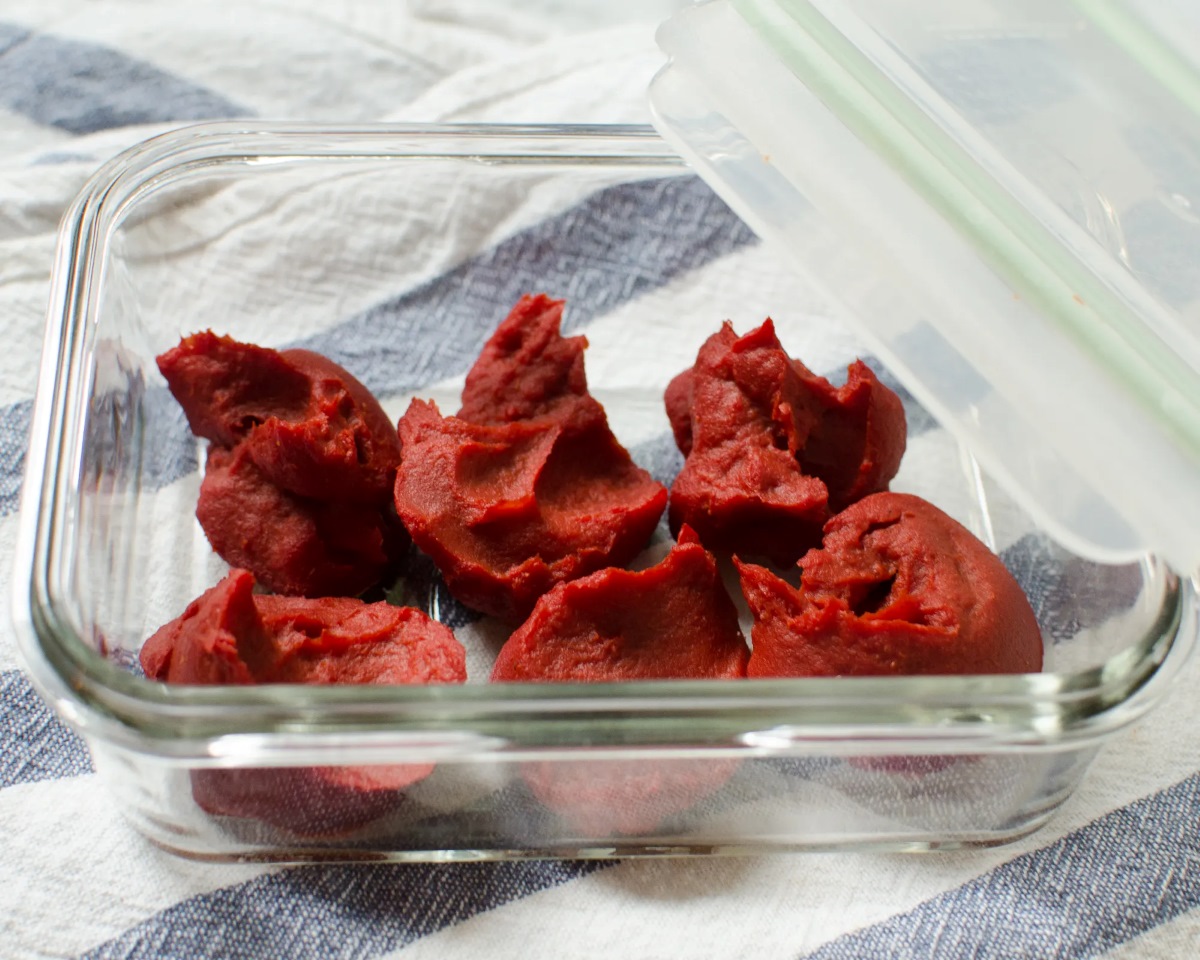
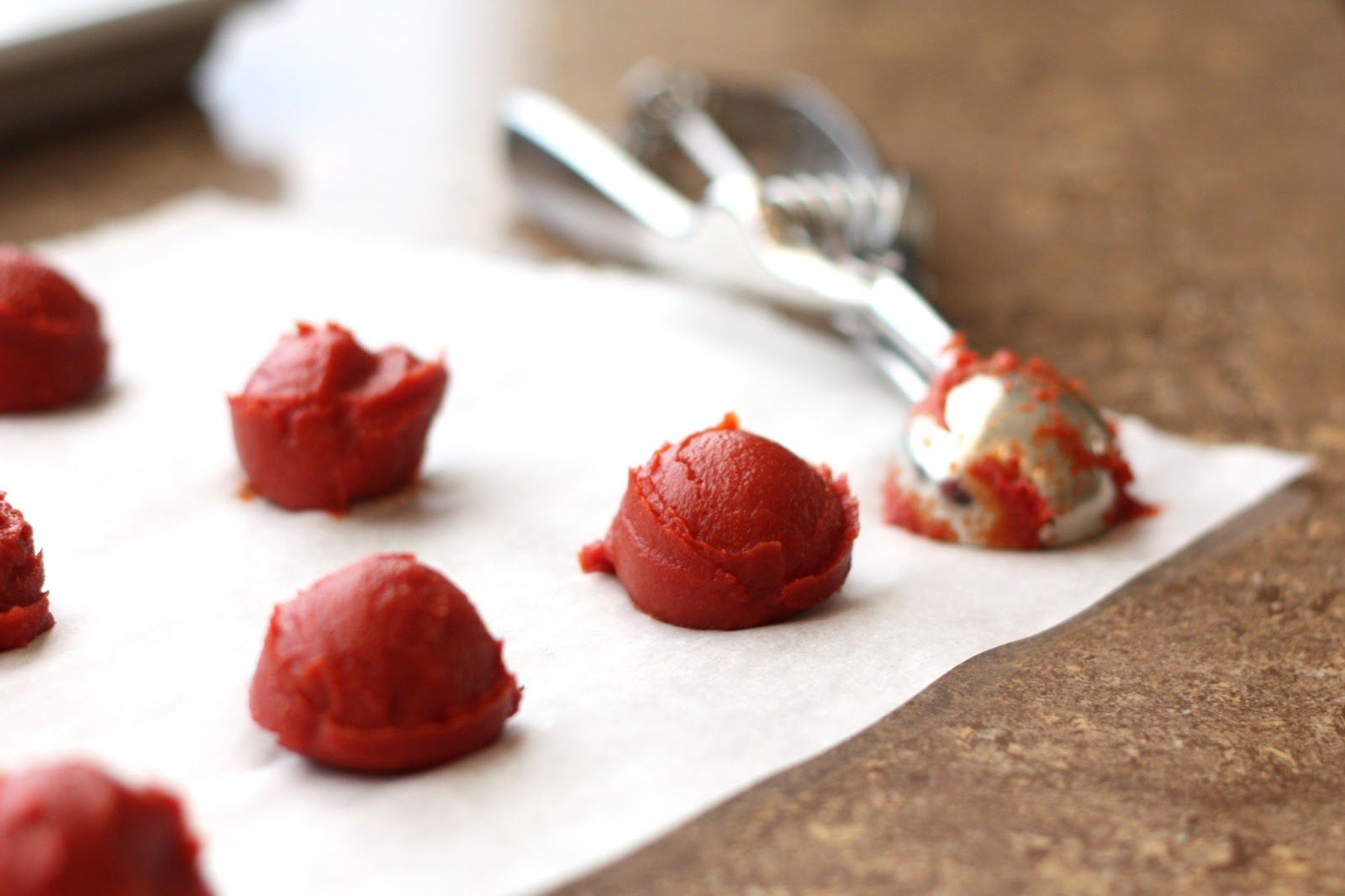

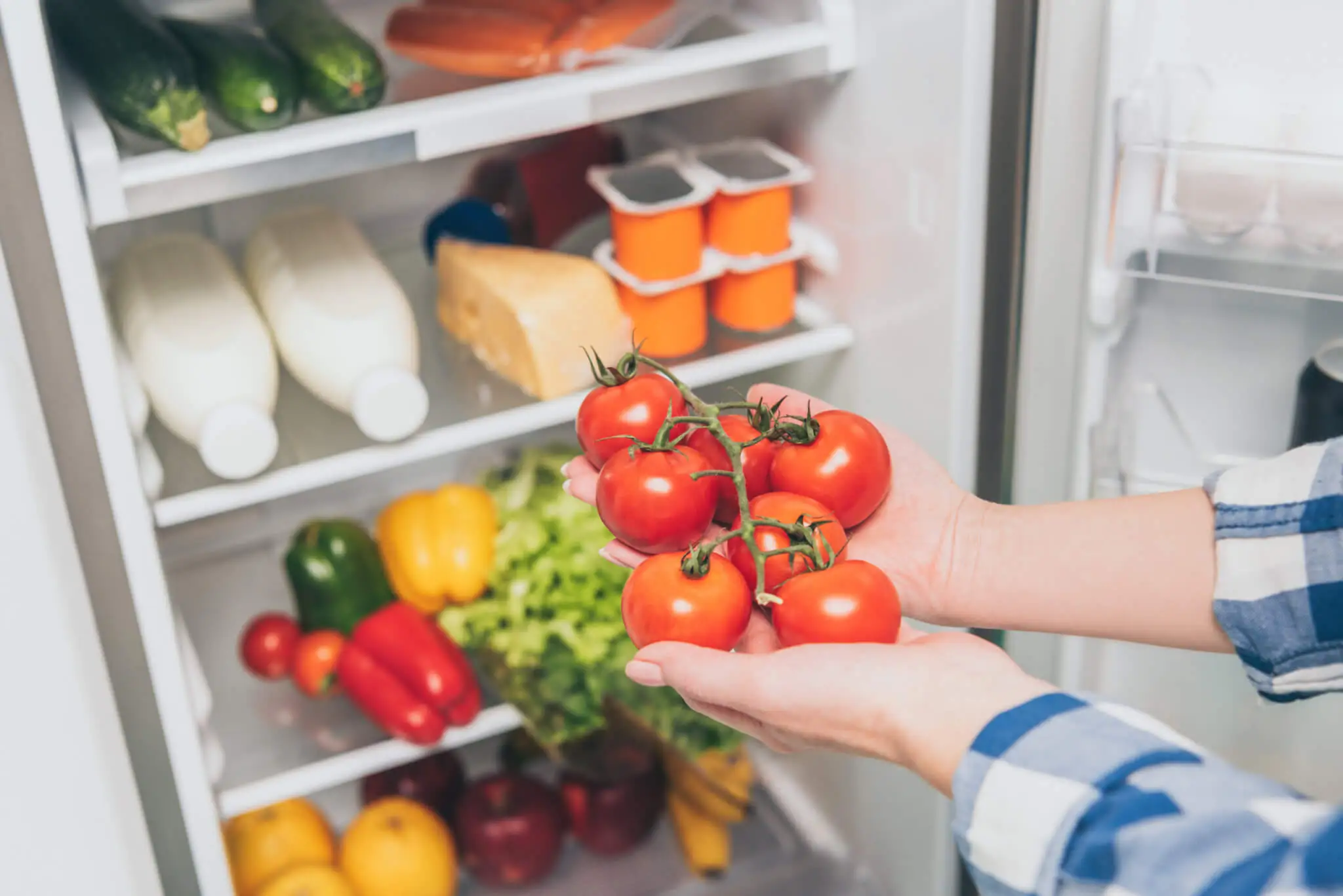
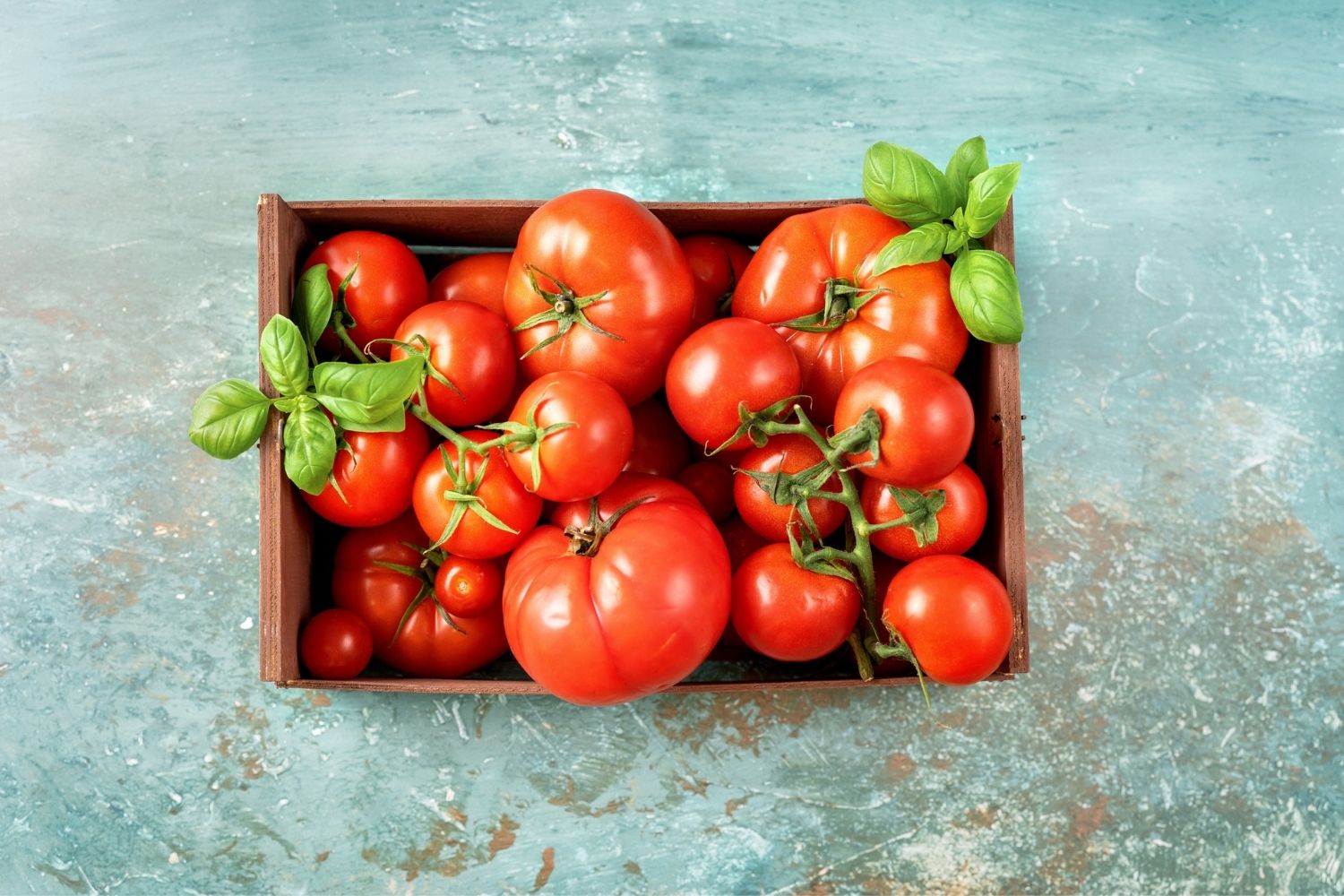
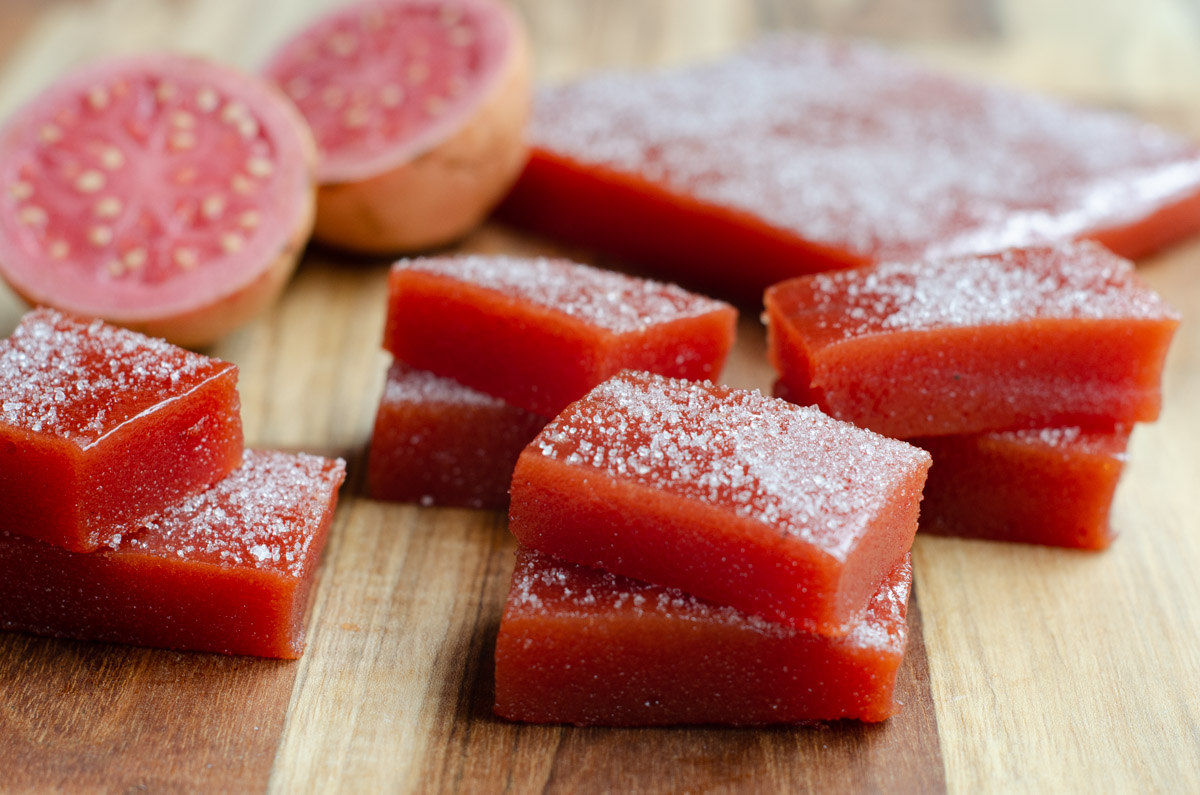
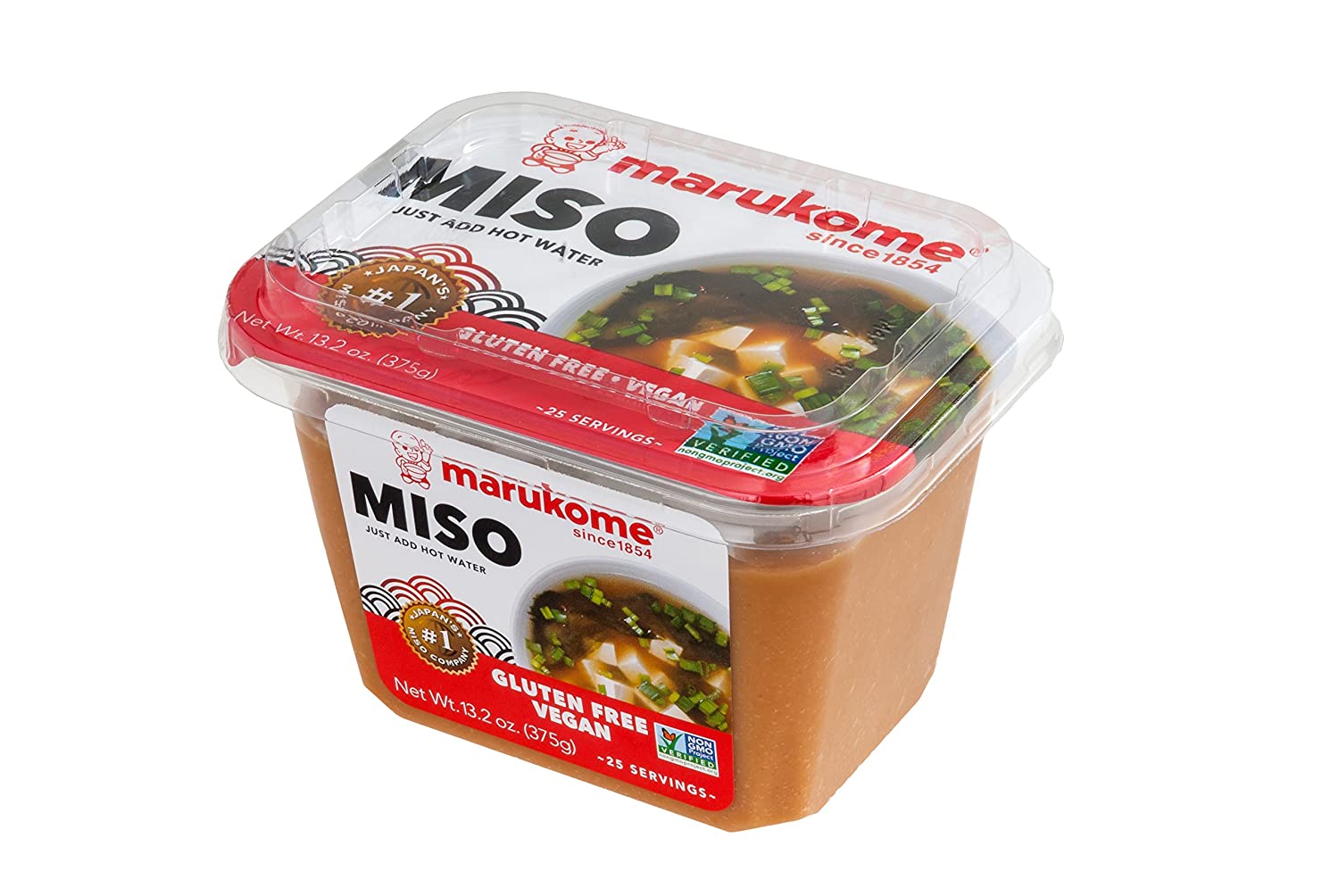

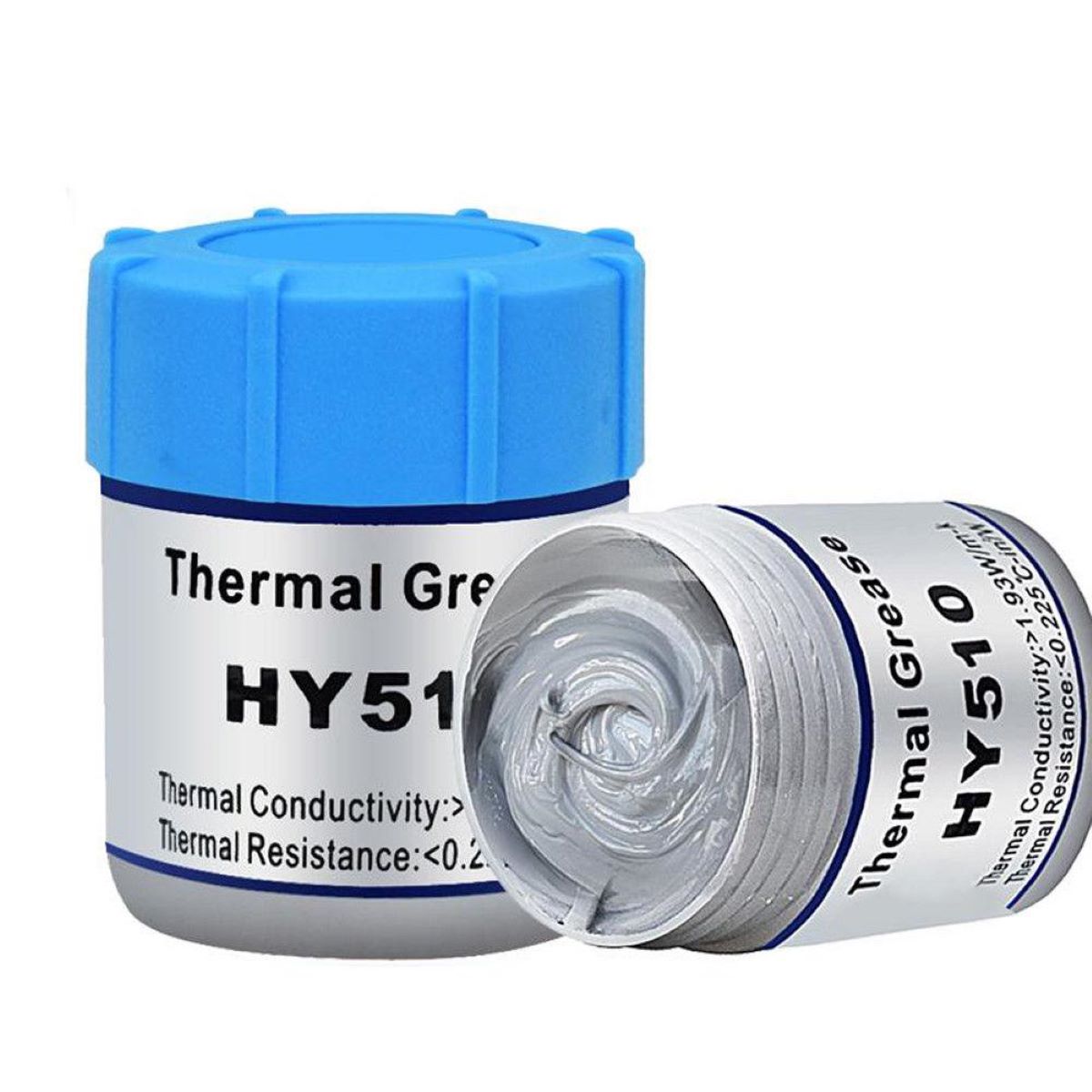
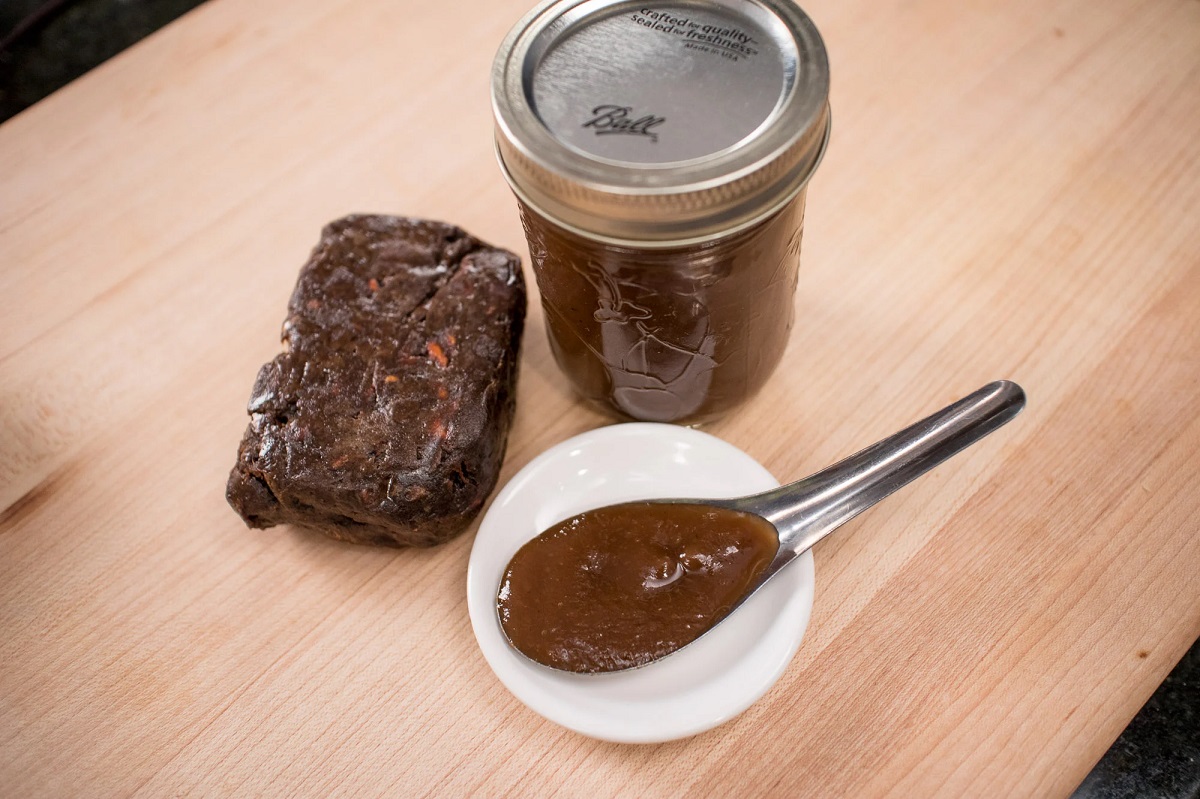
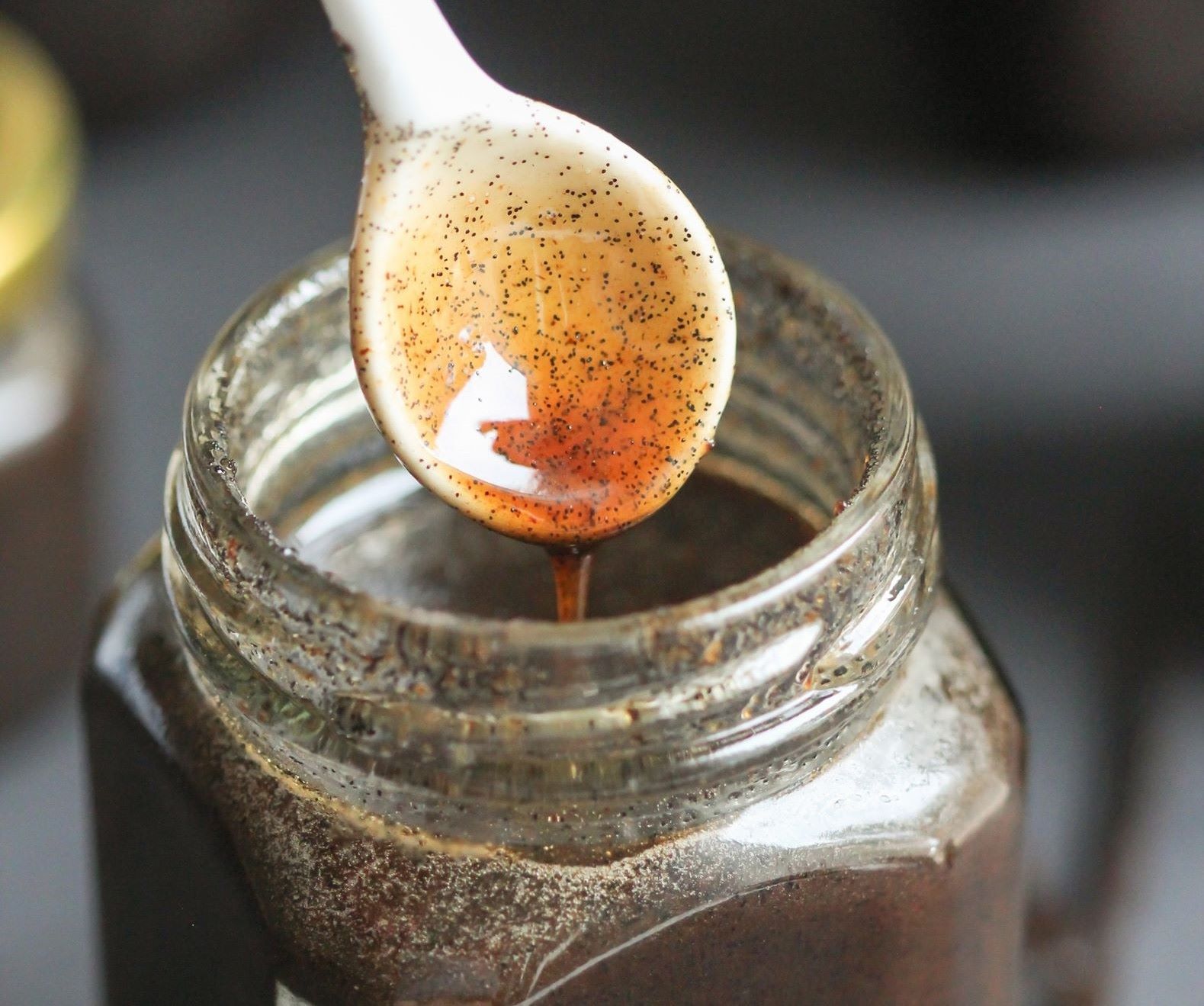

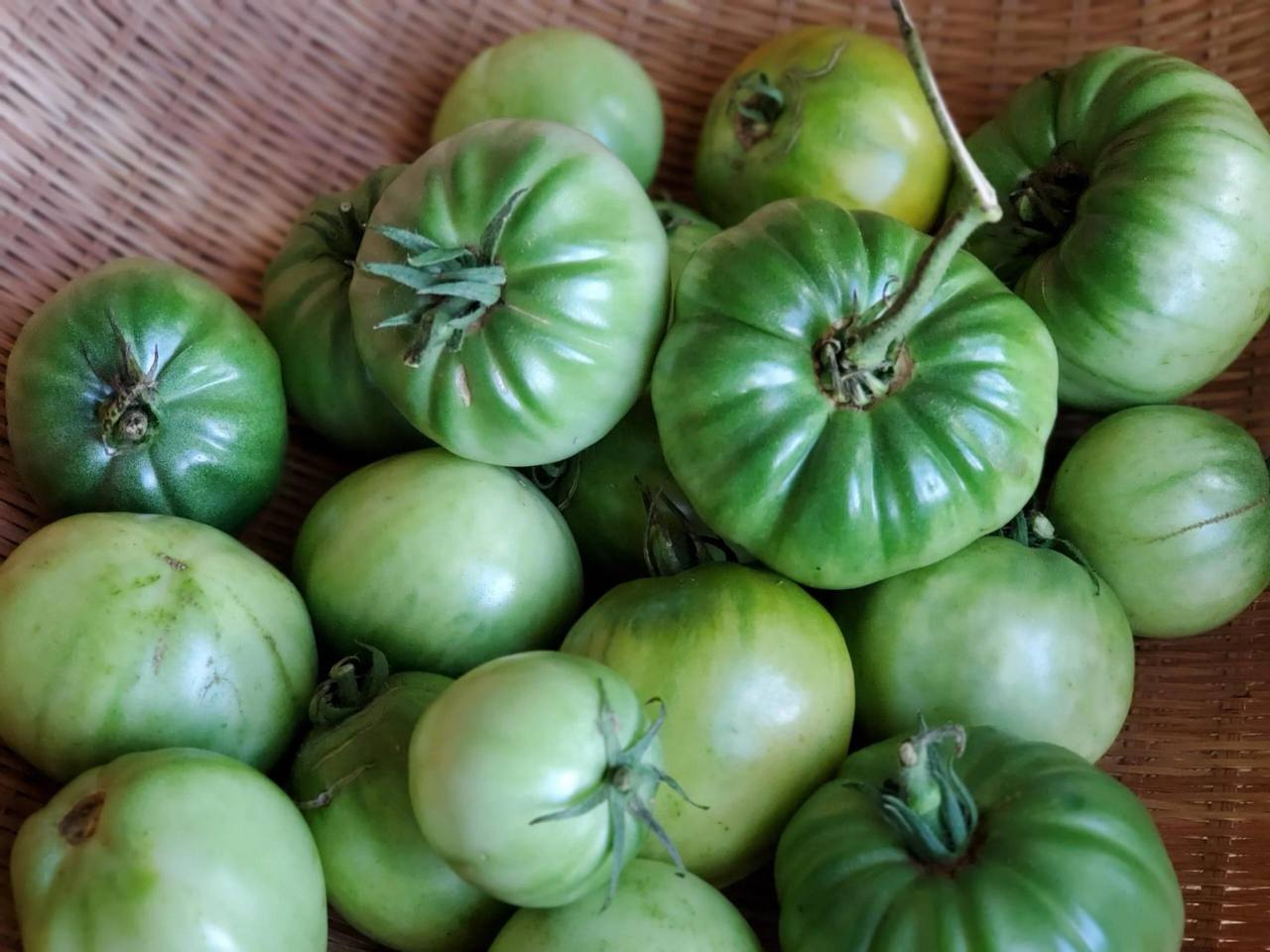


0 thoughts on “How To Store Tomato Paste In The Fridge”